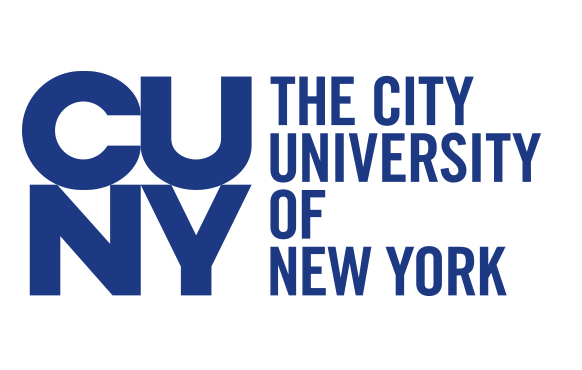December 11, 2015
By Joe Maniscalco
New York, NY – Black and white hardhats — the former symbolizing the roughly 30 construction workers killed on job sites throughout the city since 2013, and the latter representing the sorrow of those left behind to mourn them — were the order of the day on Thursday as thousands filled the streets around City Hall calling for safer building practices.
The solemnity started before dawn when somber-faced members of the Building Trades and the NYC Community Alliance for Worker Justice began touring several accidents sites around town, leaving white hardhats and candles in memory of the dead as they went.
At 577 Ninth Avenue, they paused to remember the life of 27-year-old Ecuadorian emigre Angel Munoz, who died after falling down an elevator shaft back on August 23. Munoz’ wife had urged him to quit the job just days prior to his fatal accident.
The shocking death toll striking at the heart of New York City’s booming construction industry is prompting aghast labor leaders to wonder why there isn't more outrage over the growing losses.
“Put it this way, if sixteen carriage horses died within the last year, there’d be a lot of movement in the City Council — why is it that sixteen construction workers die and there’s no action?” NYC District Council of Carpenters President Steve McInnis told LaborPress.
The Construction Trades want to see new rules put in place requiring building projects over 10-stories use sub-contractors affiliated with state-approved apprenticeship programs. Two-thirds of all construction fatalities happen on non-union job sites where training is lacking.
"There's a pattern here, and the pattern needs to be addressed," McInnis said.
And the threat isn’t exclusive to construction workers themselves. Pedestrians are also at risk, and have been tragically struck down in the past.
“I’m always afraid for the public going by these non-union work places,” said James Mahoney, president, NYS Ironworkers. “Obviously, they don’t work to the standards that the city should be enforcing.”
The de Blasio administration says that there is “no higher priority” than protecting workers and the public.
“The recent increase in unsafe conditions worries us deeply, and we’re taking action to make sure this extraordinary construction boom doesn’t put people at risk,” spokesperson Wiley Norvell said in an email. “From tightening rules to hiring a hundred new safety inspectors, we are putting more people on the ground and setting a higher standard for the companies that do this work. This is a mission we share with our fellow officials and the men and women who are building New York City. We look forward to working together to make this city safer.”
Construction permits have been pulled, companies have been temporarily disbarred and some indictments have even been handed down, but labor leaders say that the steps the city has taken to crack down on dangerous building practices are too small.
“Right now, any company can pop up on paper today, and put up a 40 structure tomorrow,” McInnis said. “It has to be regulated better. Unfortunately, the body count is already very high, and unless we take real drastic action, it’s only going to get higher.”
As Angel Munoz death demonstrates, it is members of the immigrant community — often isolated and vulnerable to demands for speed over safety — who are suffering the most.
Gary LaBarbera, head of the Building and Construction Trades Council of Greater New York, told demonstrators outside City Hall that all New Yorkers should be “outraged” over the safety crisis in the city's construction industry.
“Today, we call on our public officials to be a voice for the voiceless, and on the real estate development community to lead by example,” LaBarbera said. “We need real change, we need it now and today we are sending a clear message: There can be no middle ground. You are part of the problem, or part of the solution.”



